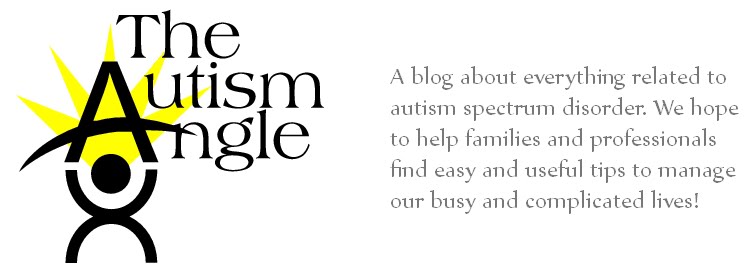Tuesday, February 22, 2011
Looking at Brain Differences in Infants At Risk for Autism
New research published in BMC Medicine comes out today on brain wave differences in infants at risk for ASD. Click here to read more. Researchers at the Children's Hospital in Boston used EEGs to measure electrical activity in the brains of two groups of infants: those at risk for autism due an ASD diagnosis in an older sibling to infants without a family history of autism and ,therefore, at a lesser risk of developing the disorder. When looking at the organization of connections in the brain and density of neurons when infants were exposed to the same stimuli (a person blowing bubbles) researchers were able to distinguish between the two groups with 80% accuracy. Looking at the activity in the part of the brain responsible for language and social interactions, they found that there was less neuron firing and connections made between different parts of the brain in those infants at risk for ASD compared to the control group. Many research participants were re-tested at 6, 9, 12, 18, and 24 months of age. For reasons that are still being explored early findings show the greatest differences in the two groups at 9 months of age (the article provides possible reasons).
The research is still very much in the early stages, but findings are very interesting. The research team hopes to follow the groups over a longer period of time to measure the brain wave patterns at different ages and look at differences between those who go on to receive a diagnosis of autism and those who do not. I think we are still very far off from this being standard protocol, but it is promising to know that there is the possibility of a non invasive test that may be able to detect differences early on. I think for now it's just important that parents, caregivers, and professionals learn when behavior deviates from typical child development so that invention can begin when the first signs are recognized!
-Molly
Subscribe to:
Post Comments (Atom)



No comments:
Post a Comment